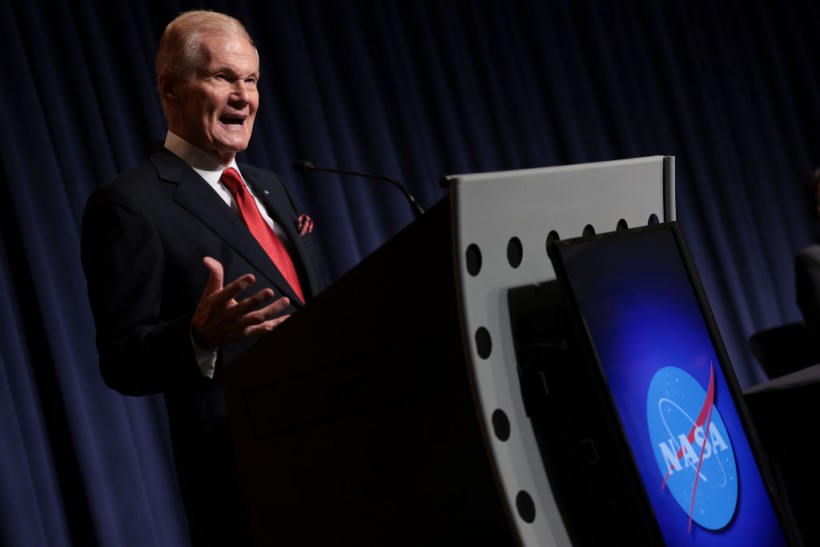In NASA's debut UFO report, the experts acknowledged that the nature of unidentified aerial phenomena (UAP) still remains a mystery to them.
NASA UFO Report
This long-awaited report was the first conducted by the specialized UFO study team that NASA commissioned back in 2022. The team was created to inform NASA and other agencies regarding better collection and analysis of data in order to understand UAPs better.
Bill Nelson, NASA Administrator, explained during the report's release that the study's top takeaway is that there is still much to learn about UAPs. While the team did not find any conclusive evidence of alien origins, the exact nature of UAPs still remains a mystery.
Though the specialists did not find any evidence of aliens, it does not deny the possible existence of these beings.
NASA is also appointing a new chief to delve deeper into the matter, but the identity of this person remains a mystery. This could possibly be kept a secret to protect this new chief from public harassment and threat.
Nelson adds that they will be utilizing NASA expertise to collaborate with other agencies to examine UAPs further.
NASA release 'Unidentified Anomalous Phenomena' findings Posted by Daily Mail on Thursday, September 14, 2023
ALSO READ: NASA's UAP Study Team Concludes More Data Needed to Explain Unidentified Objects in the Sky
Major Setback: Lack of Data
While the study does not shed light on UFOs, it provides recommendations regarding how the agency could move forward with regard to the matter. Overall, the reports posit that NASA could contribute to the matter by maximizing its satellites dedicated to observing Earth to help offer UAP data and evidence.
The report explains that, at present, UAP data analysis is hampered due to the poor calibration of sensors, the lack of metadata of sensors, the lack of several measurements, and the lack of data to serve as baselines. It is crucial to execute concerned efforts to improve all these aspects. The expertise of NASA could be leveraged as part of a systematic and robust strategy for data acquisition.
Nelson explained during a press briefing at NASA headquarters the lack of data regarding UAPs and that the phenomena is hard to study due to how fleeting and unpredictable the sightings are. Because most UAP sightings yield minimal data, it is more difficult to draw scientific conclusions regarding the matter.
Nicola Fox, the associate administrator of the Science Mission Directorate of the agency, adds that UAPs remain one of Earth's greatest mysteries. Though there are several accounts and sightings, they remain inconsistent and lack detail. These observations are also not curated and cannot be used for drawing scientific conclusions regarding the origin and nature of UAPs.
The safety of the skies is another matter to take into account when it comes to UAPs. Dan Evants, the assistant deputy associate administrator for research at the Science Mission Directorate, explains that it is the nation's duty to determine if these UAPs pose risks to sky safety.
The report recommends that NASA could leverage its Aviation Safety Reporting System and the Federal Aviation Administration (FAA) to help with data identification that could aid the understanding of UAPs. On top of this, the report also advises using artificial intelligence in examining huge sets of data for UAP identification.
Aside from this, the report also argues that by taking a scientifically scrutinizing approach, the stigma and taboos regarding UFO study could be removed. The involvement of NASA in future data gathering will play a vital role in reducing the associated stigma.
RELATED ARTICLE: Stay Tuned: NASA To Reveal Report on Unidentified Anomalous Phenomena (UAPs); Here's Where You Can Watch It
Check out more news and information on Space in Science Times.















